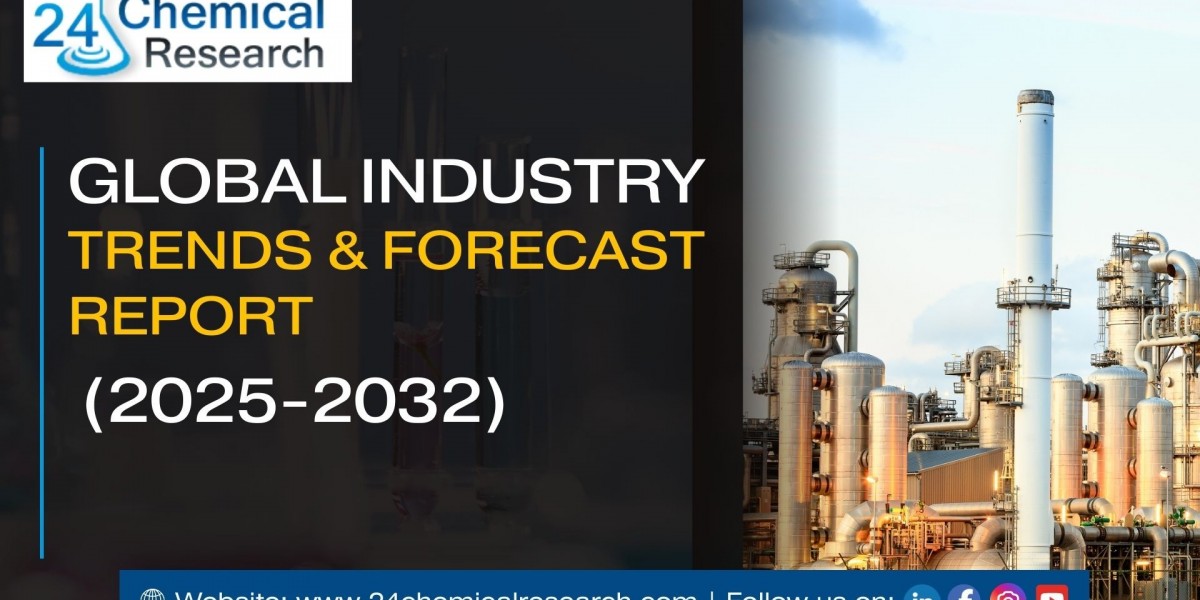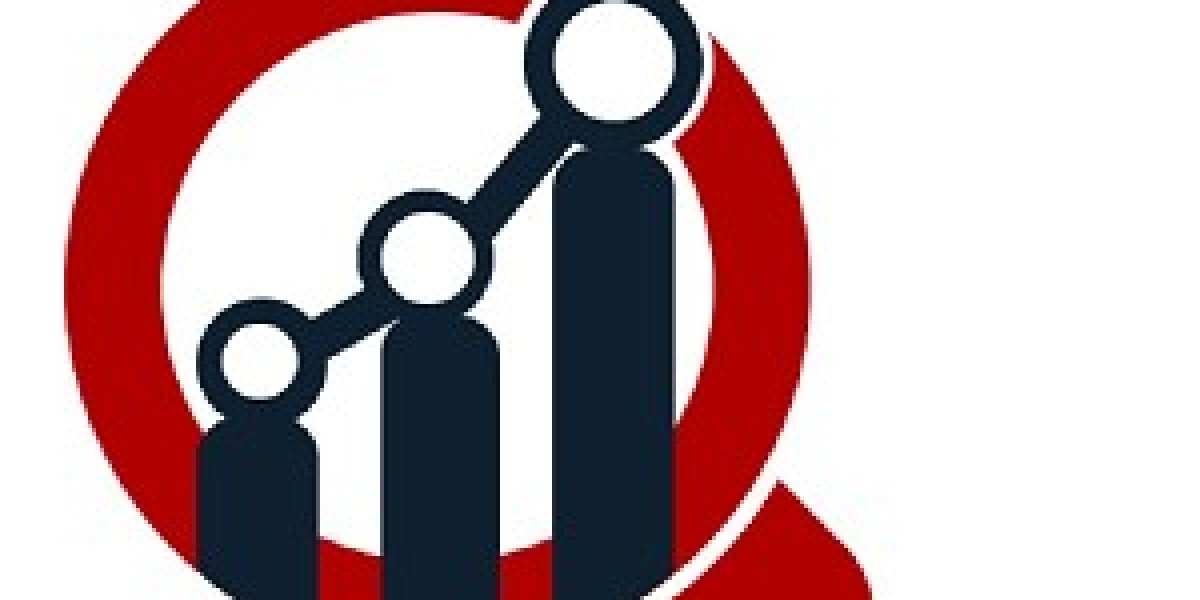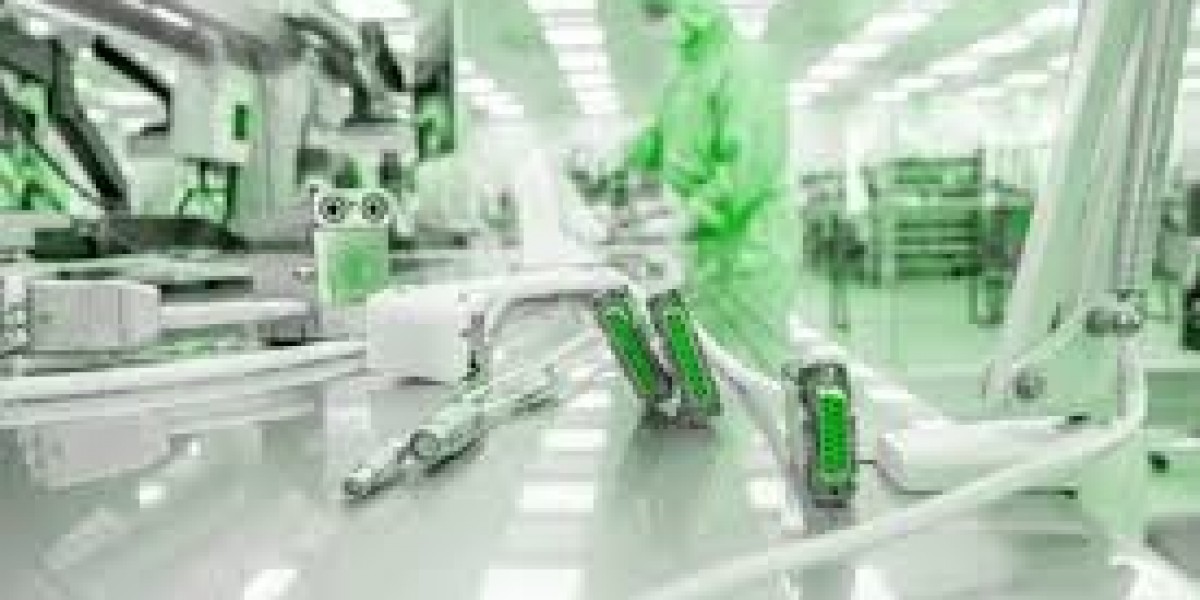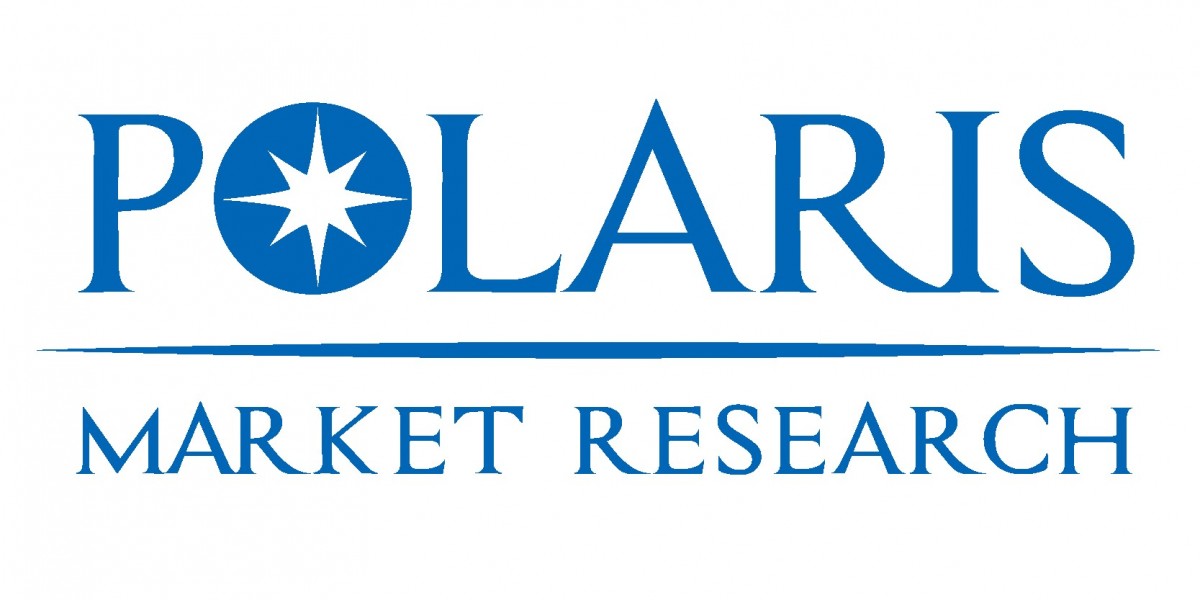Introduction to Industry Challenges
Modern Industry landscape is evolving at lightning speed. Globalization, rising consumer expectations, environmental concerns, and disruptive technologies are reshaping how industries operate. To survive and thrive, businesses need smarter, future-ready solutions that balance efficiency, sustainability, and innovation. But what does "building smarter" really mean? It means using creativity, technology, and strategy to overcome the barriers that hold industries back.
Understanding Modern Industry Challenges
Global Competition and Market Pressure
Markets have never been this competitive. Businesses face pressure to deliver faster, cheaper, and higher-quality products while competing with global players. Companies that fail to adapt risk losing their edge.
Supply Chain Complexities
Supply chains today are massive, interconnected webs. A disruption in one region can ripple across the world, as seen during the pandemic. Businesses must find ways to build supply chains that are not only cost-effective but also resilient.
Sustainability and Environmental Concerns
From stricter regulations to consumer demands for eco-friendly products, sustainability is no longer optional. Industries must adopt greener practices or risk being left behind.
Technology Disruption and Adaptation
Technologies like AI, automation, and IoT are transforming industries at breakneck speed. Companies that adopt them wisely gain efficiency, but those resistant to change fall behind.
Workforce Skills Gap
As industries digitize, the need for skilled workers increases. Yet many employees lack training in advanced technologies, creating a major gap that companies must bridge.
Smarter Solutions for Industry Growth
Embracing Digital Transformation
AI and Automation
AI can optimize production, reduce waste, and improve quality control. Automation speeds up processes while cutting errors, allowing human workers to focus on higher-value tasks.
Data-Driven Decision Making
Data is the new oil. Real-time analytics helps businesses make smarter choices, forecast demand, and reduce risks.
Building Resilient Supply Chains
Local Sourcing and Diversification
Depending on one region or supplier is risky. By sourcing locally and diversifying vendors, businesses can reduce vulnerability to global shocks.
Real-Time Tracking Technologies
Using IoT and blockchain, industries can track products from origin to delivery, boosting transparency and trust.
Sustainable Business Practices
Renewable Energy Integration
Factories powered by solar, wind, or biomass not only cut costs but also reduce carbon footprints.
Circular Economy Models
Instead of “use and dispose,” industries are adopting circular models where products are recycled, reused, or repurposed to minimize waste.








